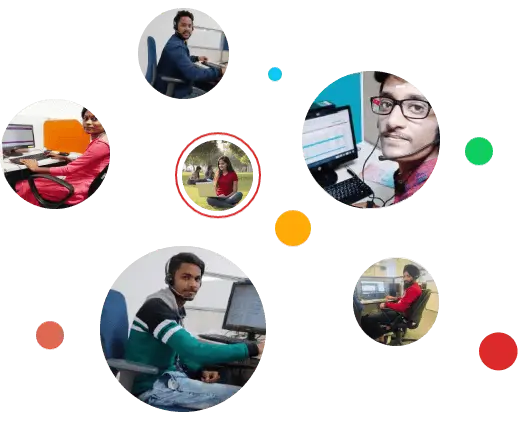Courses For Every Career Level



Certificate Courses For Professionals
Create a strong profile with in-demand certification courses
EXPLORE NOW

Still not sure about courses?
TALK TO AN EXPERT FOR FREE
+91 7356553777,
+91 7356544555

Why JobsAcademy

Jobsacademy is committed to providing various upskilling opportunities through cutting-edge technology-driven curriculum and expert trainers who are stalwarts in their specific domains. The special program enables freshers as well as working professionals to be trained through live industry projects, digitally transformed curriculum, and emerging technologies deployed by expert industry trainers to have future-ready careers.
Head Towards A Bright Career Path With JobsAcademy

The JobsAcademy Advantage

Customized, In-demand Courses –Our courses are designed and customized as per industry demands. Our courses ensure that learners equip in-demand skills and become job ready.
Deep-Rooted Corporate NetworkOur unparalleled corporate network gives students the opportunity to get internships and placements at pan India level.
Lifetime Access to LMS And Dedicated HelpWe facilitate continuous learning, all our courses come with lifetime access to Learning Management System(LMS) and a 9am-7pm student helpdesk.
Get Self-study Materials + Live SessionsOur courses are equipped with live sessions from industry experts, practical training from expert trainers and self-learning materials to ensure student satisfaction.
Lifetime Career & 100% Placement AssistanceEvery enrolled student is offered lifelong career & placement assistance as well as access to online study materials.
Customized, In-demand Courses -
Our courses are designed and customized as per industry demands. Our courses ensure that learners equip in-demand skills and become job ready.
Deep-Rooted Corporate Network
Our unparalleled corporate network gives students the opportunity to get internships and placements at pan India level.
Lifetime Access to LMS And Dedicated Help -
We facilitate continuous learning, and all our courses come with lifetime access to the Learning Management System (LMS) and a 9 am- 7 pm student helpdesk.

Get Self-study Materials + Live Sessions
Our courses are equipped with live sessions from industry experts, practical training from expert trainers and self-learning materials to ensure student satisfaction.

Lifetime Career & 100% Placement Assistance
Every enrolled student is offered lifelong career & placement assistance as well as access to online study materials.
Clients Hiring From Us

Testimonials
























